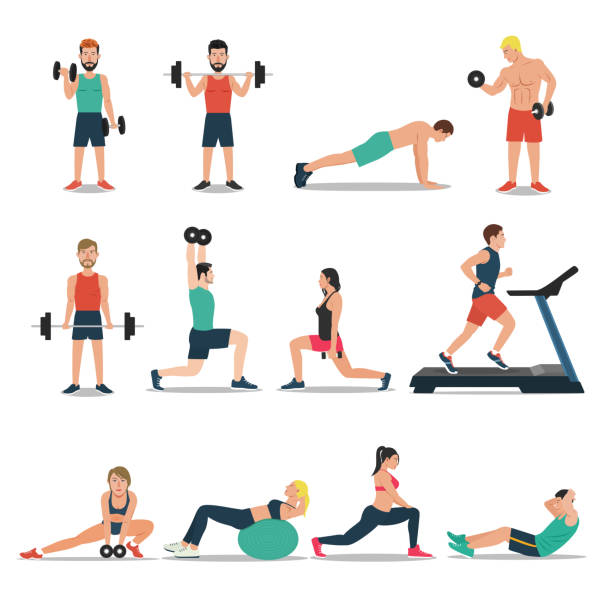Different Types Of Training Explained

There are so many different types of training out there, it can be hard to choose which is the best for you. To help you with this, we at David Jones Personal Training are going to explain the basic types of training and how to do them.
Strength Training:
Strength training typically involves major compound lifts and staying in the repetition range of 1 to 5 for sets. The goal of this is to increase the load that you are lifting over time and therefore increase your one repetition maximum. For example, if you wanted to get stronger at squats, you would be on a training program that involves you squatting for repetitions between 5 and 1 at a high percentage of your one rep max, with large breaks between sets, for maximal recovery.
Hypertrophy:
This is a type of weight and resistance training that helps your muscles increase in size and is typically what you would see a bikini competitor doing. You will complete 8 to 12 repetitions of your exercise for sets. Although this is not specifically training for strength, you will need to overload your muscles (Increase the weight you are lifting and repetitions, or shorten your rest periods) which usually results in increased strength anyway.
High Intensity Cardio:
This style of training is what HIIT and circuit training fall under. The goal is to complete a short time of maximum effort activity (This could be sprinting, cycling, bodyweight activities or even weighted activities) followed by a rest period that is long enough for your body to recover before starting again. A 2:1 rest to work period is a good pace to start to ensure that you are giving the work time your absolute maximum effort for the entire duration.
Low Intensity Cardio:
Low intensity steady state (LISS) cardio is exactly as the name suggests. A long and slow run, cycle or time on the rowing machine all fall under this category. The goal of this is to complete the entire session at the same level of low intensity. For example, keeping the same pace and heart rate for a 5k run.
We hope this has helped you to understand the different types of training. Should you wish to find out more, please feel free to us contact us today.
